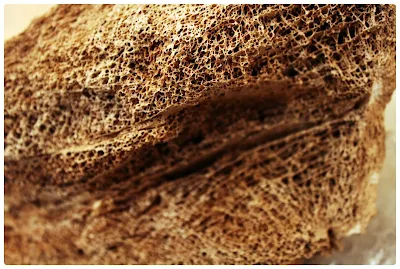When stretching your paper, make sure you use enough water, to ensure that you'd be able to do washes and add several layers of paint for your landscape.
If you're painting from a photograph, make sure that you're sitting in a comfortable position with ample natural light. I prefer to paint during daytime, as it's more difficult to see and judge the colours you are working with at night, even with a strong light.
If you are painting on-site, make sure that you find yourself a comfortable spot and that you have good support for your stretched-paper-on-board. Try and find the ideal light conditions - the shade of a tree, or somewhere where the reflected light from the sun onto your paper does not strain your eyes.
Working with layers are a nice way to 'build up' your landscape. This ensures that you don't darken areas too quickly. The secret to a great watercolor work is to have a balance between unpainted and painted areas, so leave areas and highlights white from the start, you can always add colour, but you can't take it away! Start very light, with thin washes, and only when dry, add your next wash.
For mountains, clouds, sky and the ground, use a lot of water. Two techniques for this is as follows:
- thin down your paint with a lot of water before applying it to the paper in long, loose strokes
- Use loose, long strokes to apply water to the paper and then add colour to the wet areas. Use the brush to spread the paint as desired, but be careful not to brush excessively in these wet areas, as you're paper might start to fluff!
Start adding shapes and structures quite loosely - blobs for bushes, keeping your paint flowing and quite diluted with water. After having a layout of your landscape that resembles you looking at the real landscape in front of you (or photograph) through squinted eyes, start using your paint with less water for more opacity. Add details, distinguishing marks and lines.
To achieve different textures, use different items such as:
- different sizes and shapes of brushes. You can also make your own brushes by tying hair, grass or other thin strands tightly to a twig!
- different types of sponges and foam
- cloth - bunch it up and press unto areas where you've added paint and it's still wet, or put paint unto the cloth and dab onto the paper
- wool of different grades - bunch them up or roll a strand over the wet painted surface
- the plastic net bags that veggies are packaged into can create textures for bushes, foliage and trees
You can also use cut vegetables to achieve different results
- cover a section on the skin of an orange with paint and roll it onto your paper
- cut shapes into the flat side of a halved potato, and use it to create a repeat pattern or texture, e.g. the rocky bed of a landscape. Fill in details and different sized rocks with your brush for variation and breaking the monotony.
Experiment adding different particles and substances to your paint - try mixing before applying it onto the paper, but mostly add it on the paper into the wet painted area and brush it off when the paint is dry. Some examples:
- Sand, to partly absorb some paint and leave whitish areas
- Sprinkle salt onto a wet painted area. It dissolves partly and give great effects, nice for a snowy feel
- Grass - gives great texture and dry grass absorbs quite a bit of paint
- Look around you, what could you use? Especially if you're painting on-site you'll find a lot of things that you can experiment with and use to get different effects and textures to make your painting interesting
Have a booklet, notepad or pieces of paper with you whenever you're painting - preferably thick card, textured or watercolor paper similar to the paper that you create your landscape paintings on. Use this for tests and experiments, testing your colours, textures, and the addition of other materials to the process. And keep these tests and experiments for future use. Make notes next to each 'test' to remind you how you achieved the result.
This booklet is also handy to start playing on before you start your final landscape - make pre-sketches, quick studies and try to do the landscape - capturing its essence - within 2 minutes. Use quick, loose and unconstrained strokes.
Try not to think too much and just 'feel' it. Loose and free. Now carry this feeling over when you start with your initial strokes on your artwork.
If you get frustrated and don't like what you've done, start a new one, or take the 'failure' off the board, soak in a bit of water, wipe off some of the paint, paste/stretch the paper onto the board again, and carry on over what's left when it's dry. Painting landscapes with watercolours is fun, and it can forever stay a
learning process, journey of discovery and source of abundant joy.
Keep all your experiments, failed attempts and final landscapes together and you'll be able to see your progress over a time period of weeks, months and years.
Play, have fun, experiment and practice!
Published in 2012 on Ezine Articles





